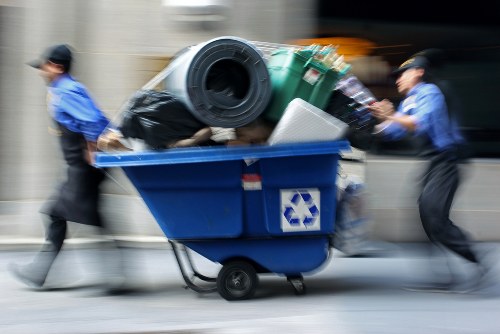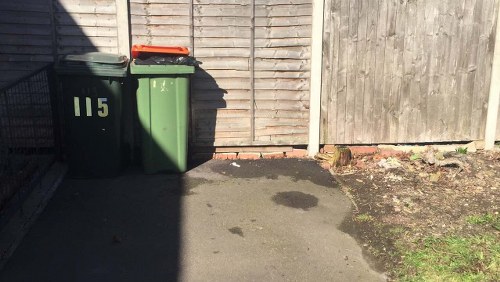Construction Waste Disposal in Wood Green: Efficient and Sustainable Solutions

Proper construction waste disposal is essential for maintaining the cleanliness and sustainability of Wood Green. As the area continues to develop, the accumulation of waste from construction sites becomes a significant concern. Efficient waste management not only ensures a cleaner environment but also promotes recycling and the responsible use of resources.
In Wood Green, the variety of construction waste can range from concrete and bricks to hazardous materials like asbestos. Addressing this waste effectively requires a comprehensive understanding of local regulations and the available disposal methods. This article delves into the best practices for managing construction waste in Wood Green, highlighting the importance of sustainable disposal methods.
One of the primary challenges in construction waste disposal is the sheer volume generated. Large construction projects can produce tons of waste, necessitating efficient collection, transportation, and disposal strategies. By implementing the right waste management plan, construction companies can minimize their environmental impact and comply with local laws.

Introduction to Construction Waste Disposal
Construction waste disposal refers to the processes involved in managing the debris generated during building and demolition activities. This includes the removal, recycling, and proper disposal of materials such as wood, metal, glass, and concrete. Effective waste disposal is crucial for reducing the environmental footprint of construction projects and promoting a sustainable future.
In Wood Green, the growing construction industry has made waste management a critical issue. With increasing urbanization, the demand for new buildings and infrastructure has surged, leading to more waste generation. Addressing this challenge requires collaboration between construction companies, local authorities, and waste management services to develop effective solutions.
Moreover, proper waste disposal can lead to cost savings for construction companies. By recycling materials and reducing the amount of waste sent to landfills, companies can lower their disposal costs and contribute to a more sustainable economy. This section explores the various aspects of construction waste disposal and its significance in Wood Green.

Types of Construction Waste
Common Materials in Wood Green
The types of waste generated in construction projects vary depending on the nature of the work. In Wood Green, common construction waste materials include:
- Concrete and Bricks: These are staples in construction, often resulting in significant waste during demolition or excess usage.
- Wood: Used in framing, flooring, and other structural elements, wood waste can be either recycled or repurposed.
- Metal: Materials like steel and aluminum can be recycled effectively, reducing the need for new raw materials.
- Glass: Broken or unused glass can be recycled to create new products, minimizing environmental impact.
- Plastics: Various plastic components used in construction can often be recycled or safely disposed of.
Understanding the types of waste generated is the first step in developing an effective disposal plan. Tailoring disposal methods to the specific types of waste ensures maximum efficiency and sustainability.

Methods of Waste Disposal
Recycling and Reuse Options
Recycling is a pivotal method in construction waste disposal. By reprocessing materials like metal, wood, and concrete, they can be returned to the market and used in new projects. Reuse involves repurposing materials for different applications, extending their lifecycle and reducing the need for new resources.
In Wood Green, numerous facilities specialize in the recycling of construction materials. These centers ensure that waste is sorted, processed, and transformed into usable products. Additionally, some construction companies implement on-site recycling programs, which further enhance waste management efficiency.
Recycling not only conserves natural resources but also reduces the environmental impact associated with waste disposal. It plays a crucial role in fostering a sustainable construction industry in Wood Green.

Local Regulations and Guidelines
Wood Green Specific Laws
Compliance with local regulations is paramount in construction waste disposal. In Wood Green, specific laws govern how construction waste must be handled, ensuring that waste management practices meet environmental standards.
These regulations may include requirements for waste segregation, the use of licensed disposal facilities, and adherence to specific timelines for waste removal. Non-compliance can result in fines and other penalties, making it essential for construction companies to stay informed about local laws.
Additionally, local authorities in Wood Green often provide guidelines and resources to help businesses implement effective waste management practices. Staying updated with these regulations ensures that construction projects operate smoothly and sustainably.